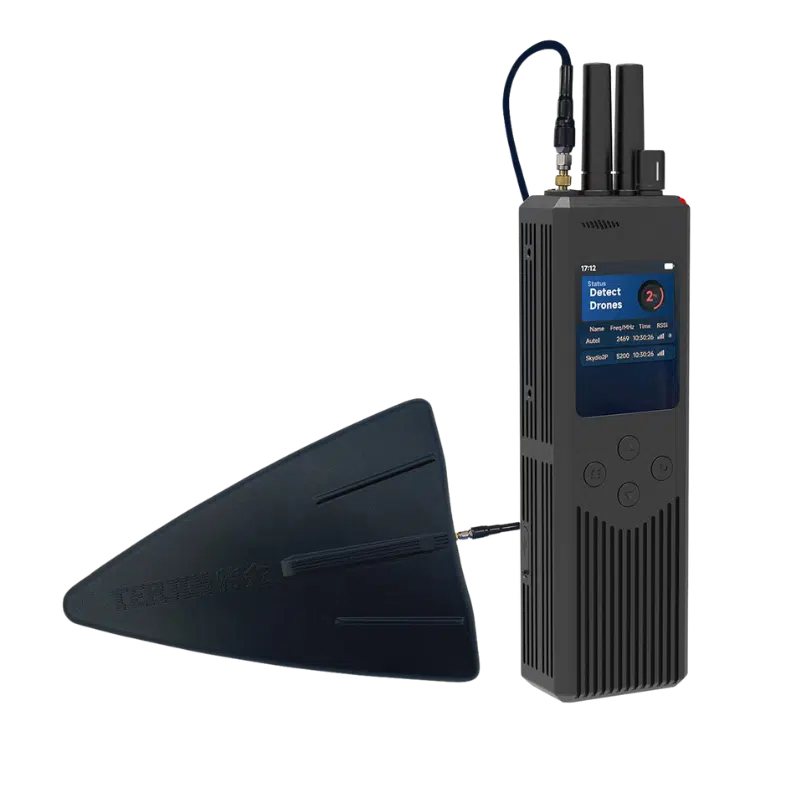Active vs. Passive Counter-Drone Defense: Pros and Cons
Anti-drone defense strategies can be categorized into active and passive defenses. Active defense focuses on disrupting the drone’s operation and communication systems to render it uncontrollable or disoriented, thereby reducing its threat level. Passive defense involves establishing effective physical and electronic barriers to protect targets from drone attacks. The following sections detail the pros and cons of these two strategies.

Active Counter Drone
Advantages:
1. Efficient Disruption: Active defense directly impacts the drone’s control and communication systems, effectively neutralizing the threat.
2. High Flexibility: Active defense can be adjusted based on different types of drones and their characteristics. Continuous research and updates enhance its adaptability and precision.
3. Wide Protection Range: Active defense can cover extensive areas, protecting multiple targets simultaneously.
Disadvantages:
1. Legal Restrictions: Active defense methods might involve interfering with other communication devices, posing legal risks. Compliance with relevant laws is essential.
2. Technical Complexity: Active defense requires significant technical expertise and specialized equipment, demanding a deep understanding of drone technology.

10 Anti-Drone Weapons Used by the U.S. Military
Counter-drone technology is designed to detect, classify, and address drones and unmanned aerial vehicles. This can be divided into two main methods: drone detection and drone mitigation/interception.
Passive Counter Drone
Advantages:
1. Physical Barrier Protection: Passive defense utilizes physical barriers, such as protective nets and building structures, to prevent drone entry and attacks effectively.
2. Low Technical Threshold: Compared to active defense, passive defense requires less technical expertise and can be implemented quickly with appropriate equipment.
3. Stability and Reliability: Passive defense measures are generally stable and reliable, unaffected by changes in drone technology, providing long-term protection.
Active & Passive Counter-Drone Products Recommendation
Disadvantages:
1. Limited Coverage: The effectiveness of passive defense is constrained by the physical barriers’ layout and range, making it challenging to protect large or dispersed areas comprehensively.
2. Fixed Nature: Passive defenses are typically static and may lack the flexibility to adapt to various situations. Advanced drones might also circumvent these barriers.
In conclusion, active and passive anti-drone defenses each have their strengths and limitations. Active defense can disrupt drone operations but requires higher technical capability and legal compliance. Passive defense relies on physical barriers, offering stable and reliable protection but with limited coverage. Practical applications should consider combining both strategies to select the most suitable defense measures based on specific circumstances.


